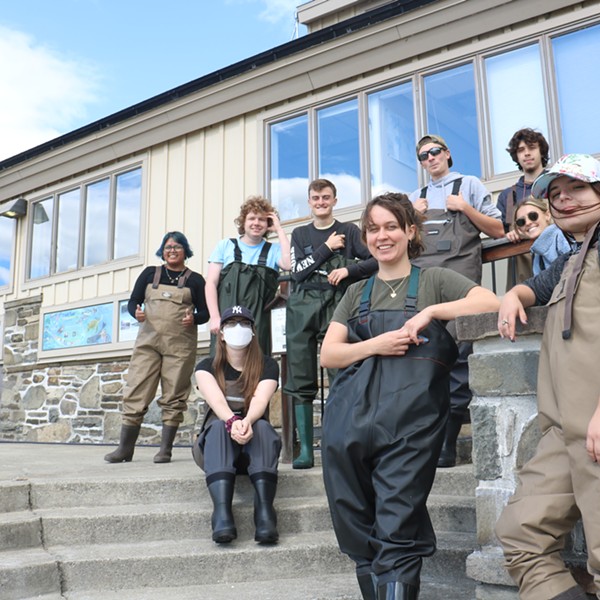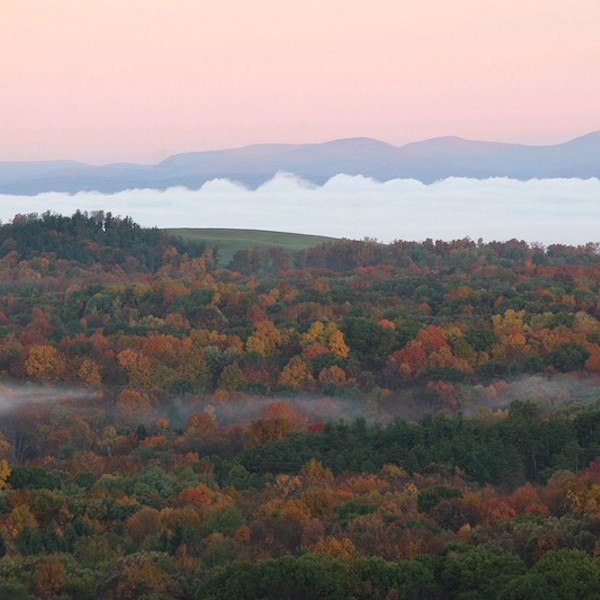War is a known evil. It kills people, destroys precious infrastructure invaluable to the quality of human life, and uproots civilian populations. Mines and undetonated ordinance lying hidden take life and limb long after a peace has been forged, as do poisonous compounds from detonated bombs, and biological and chemical weapons that infiltrate air, soil, and water supplies, and eventually the human body.
Such effects are seen as atrocities and share a common political focal point—the effect of war on the human species. This is a shared foundation on which public heartstrings are pulled and anti-war or peace activists rally. Outrage is still expressed at the US government’s use of Agent Orange during the Vietnam War. Dubbed “land ghost,” it is estimated that 400,000 Vietnamese were either killed or maimed by the toxic defoliant, an estimated 500,000 Vietnamese children born with related birth defects, and another 200,000 people suffer its cancers. And billions were spent on health care for Agent Orange-impacted US veterans. However, this outrage has made invisible any commentary addressing the negative impacts the defoliant had on Vietnamese ecosystems.
After the Persian Gulf War, anti-sanctions activists in the West railed against the unleashing of deadly depleted uranium (DU) by the US during that war, and for years claimed the deposited DU was the cause of a cancer cluster in Iraq’s south. Photos of horribly deformed Iraqi children caused an international outcry and obliterated investigation into other possible environmental or political culprits. A now emerging Iraqi view says that perhaps unchecked factory emissions, raw sewage, and other pollutants flowing down the Tigris and Euphrates rivers to Iraq’s southern marshlands—95 percent of which were purposely desiccated by a Saddam Hussein hell bent on killing the Shiite population—were responsible for the cancer cluster. Not only causing hundreds of thousands of people to flee the region, the drying of the marshlands, an area the size of Massachusetts, eradicated the marsh reeds that acted as a natural bio-filtration system. Pollutants gathered in stagnant pools that people drank from and bathed in. Marsh ecosystems were also severely affected, and pollution was suddenly being found miles out into the Persian Gulf, affecting sea life. Antiwar rhetoric aimed at vilifying the US use of DU continues to ignore this perfect storm of events that has since been defined in scientific communities as an ecocide of historic proportions.
Rarely are the adverse effects of war on nonhuman life focused on. Yes, we hear about accidentally unleashed zoo lions wandering war torn city streets. Or the application of dioxin-containing herbicide defoliants on trees; not the jungle and the entirety of nonhuman life it contains—just the trees. But even more rare is news aired or outrage expressed at damage done to such things as soil or the benthic invertebrates found in water bodies. Both are crucial environmental indicators.
More often that not, the more visible effects of war on the human species becomes the centerpiece of all efforts to bring lasting peace. The horrible tales of damage to humanity is met with calls to end the violence and for retribution. Those responsible for bringing on the fight are vilified.
Yet it is generally accepted that peace can cause more damage to the environment than war. But how can we know this to be true, since so little effort has been directed at studying environmental damage during wartime, says Jurgen Brauer, professor of economics at the James M. Hull College of Business, Augusta State University, fellow and former vice-chair of Economists for Peace and Security, and co-editor of the Economics of Peace and Security Journal. In his soon-to-be released book, War and Nature: The Environmental Consequences of War in a Globalized World (AltaMira Press), Brauer addresses the harm peacetime reconstruction and socioeconomic development have on the environmental infrastructure that supports human life, and the importance of accurately measuring the environmental consequences of war and separating out the putative from real effects. In June, senior editor Lorna Tychostup interviewed Brauer in Bangkok via Skype.
You are an economist. Why write a book about war and the environment?
There are three reasons. One, I am an economist studying the economics of war and peace, but am also an amateur biologist, ecologist, environmentalist, a scuba instructor and underwater photographer, a motorcyclist, and a lover of the outdoors. So you can say that I have private passions that I combine with my professional work on war and peace. Second, once there is environmental damage in war, an economic evaluation of that damage is needed in order to be able to claim restitution for the damage done before a court of [international] law. Third, some years ago UNESCO asked me if I could put together an edited volume on war and peace. While outlining it with my coeditors, we agreed to include a chapter on the environmental impact of war. I volunteered, falsely believing I could just go to the library, pull things off the shelf, and sum up the literature in a 3,000-word essay. Eleven years later I have my own book. The subject matter turned out to be far more complex than anticipated.
















